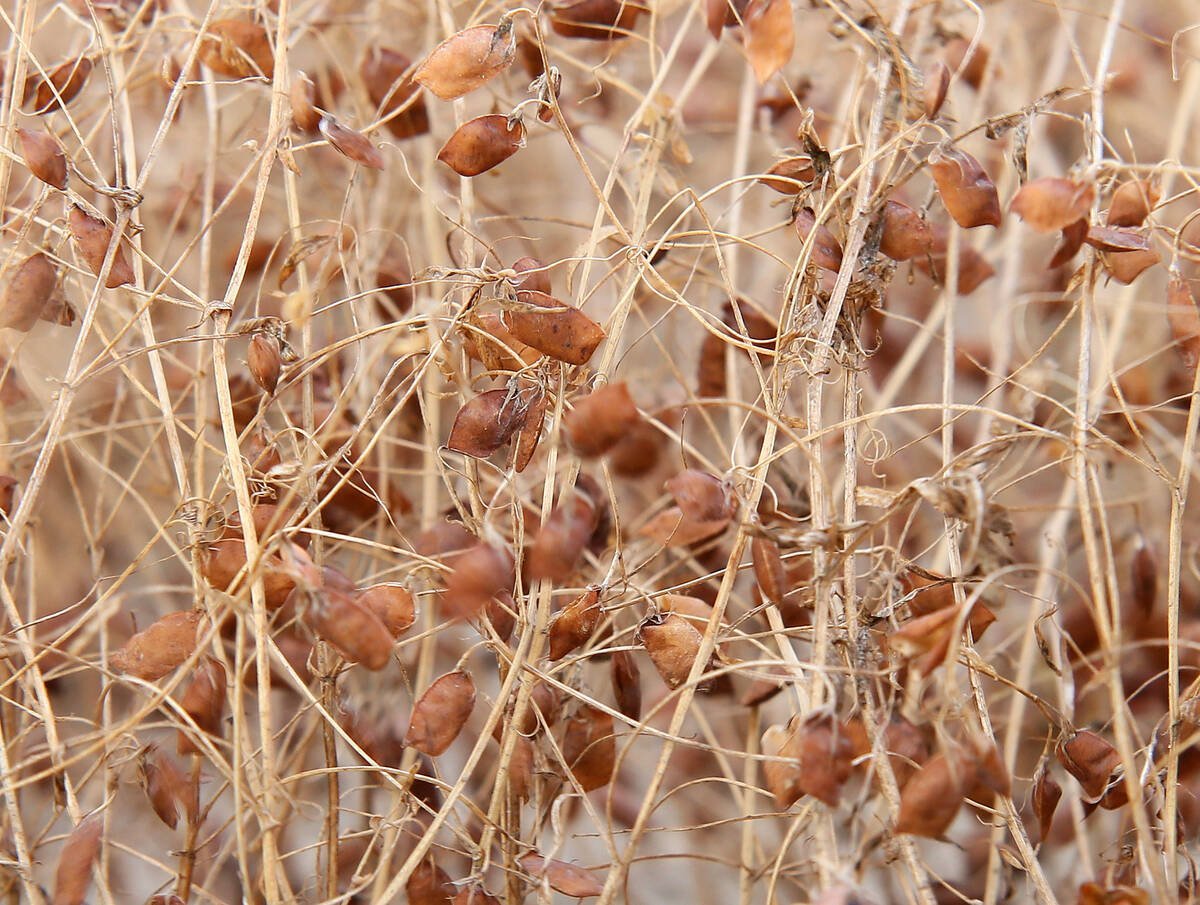TEMPEST, Alta. — The ideal time to harvest silage corn in southern Alberta is about two weeks away.
However, when that time comes, optimum chopping and processing are needed to ensure cattle can get maximum feed value from the crop.
Failing to adequately crush kernels can drastically reduce the benefits of corn silage as feed.
Agronomist Nicole Rasmussen of DuPont Pioneer underscored that point Sept. 5 at a corn silage field day on the Slingerland farm north of Tempest.
She said Ontario dairy specialists have calculated that if producers are feeding nine pounds of corn silage per cow per day, and if that dry silage has an average of four whole kernels per litre, they are losing 20 percent of the benefits from the grain. That carries a cost of eight cents per head per day, assuming $4.50 per bu. corn.
Read Also

Europe holds promise for Canadian lentils
Pulse Canada is trying to help boost lentil consumption in Europe, which is already the fourth largest market.
Rasmussen said most corn silage growers use kernel processors on their silage choppers. Good kernel damage can provide up to 10 percent more starch availability to animals, as well as better fibre digestibility.
“Energy efficiency is important whether you are feeding cattle to fatten them or producing milk. It’s just that simple,” Rasmussen said.
Producers can test whether their kernel processors are doing a proper job by taking a one litre sample from the load and counting the number of whole kernels. Ideally, there should be no more than two whole or halved kernels.
“What you want to look for is a kernel that is completely fractured, and fractured through the top part, the hard part where the milk layer is,” she said.
“That’s what you want to do. That’s allowing the rumen to access the starch. It’s all about surface area. A little nick off the top doesn’t count. It needs to be crushed. That’s optimum.”
Finding more than four kernels per litre of chopped material should warrant a talk with the chopper operator to see how processing can be improved, Rasmussen said.
Corn matures and kernels become harder as harvest progresses, which requires settings to be adjusted
“A setting from the first field isn’t going to be the setting you probably need for the last field.”
Proper processing in the field also gets rid of cob pucks, which are the blunt ends of cobs that prevent good silage packing in the pit or pile and which cattle won’t eat when they end up in the feed bunk.
“You’ve put a lot into growing it, so keep the same attention to the chopping and packing,” said Rasmussen.
Adrian Moens of AJM Seeds in Coalhurst, Alta., said producers should aim to cut and ensile the crop when moisture is 65 to 68 percent.
Corn chopped at lower moisture content will be difficult to pack, which risks spoilage. A higher moisture level will result in water leaking from the pit or pile, which is not ideal either.
At full maturity, an ear of corn will be 40 to 45 percent moisture and the stalk will be 80 percent moisture. The ear is about half the total weight, so moisture calculations should be made accordingly.
Maximum feed value is available when kernels reach half to two-thirds milk line, which is the level where the grain has begun to dry down and build starch.
The field day also featured two corn processing units, one each from Claas and John Deere.
Claas has redesigned its corn cracker with offset rollers, larger capacity and improved durability.
John Deere showed the Kernel Star, which has concave and convex intermeshing discs. The unit has 270 percent more surface area for processing kernels.















